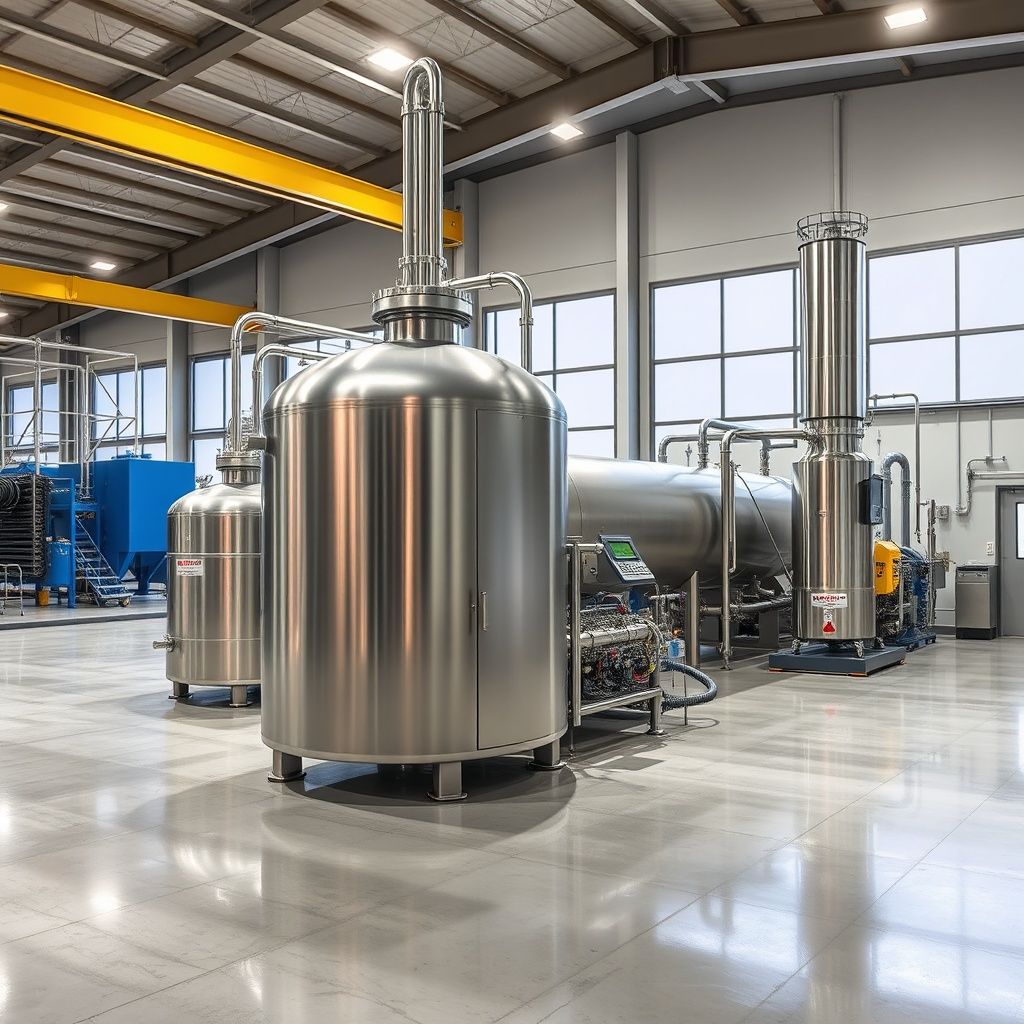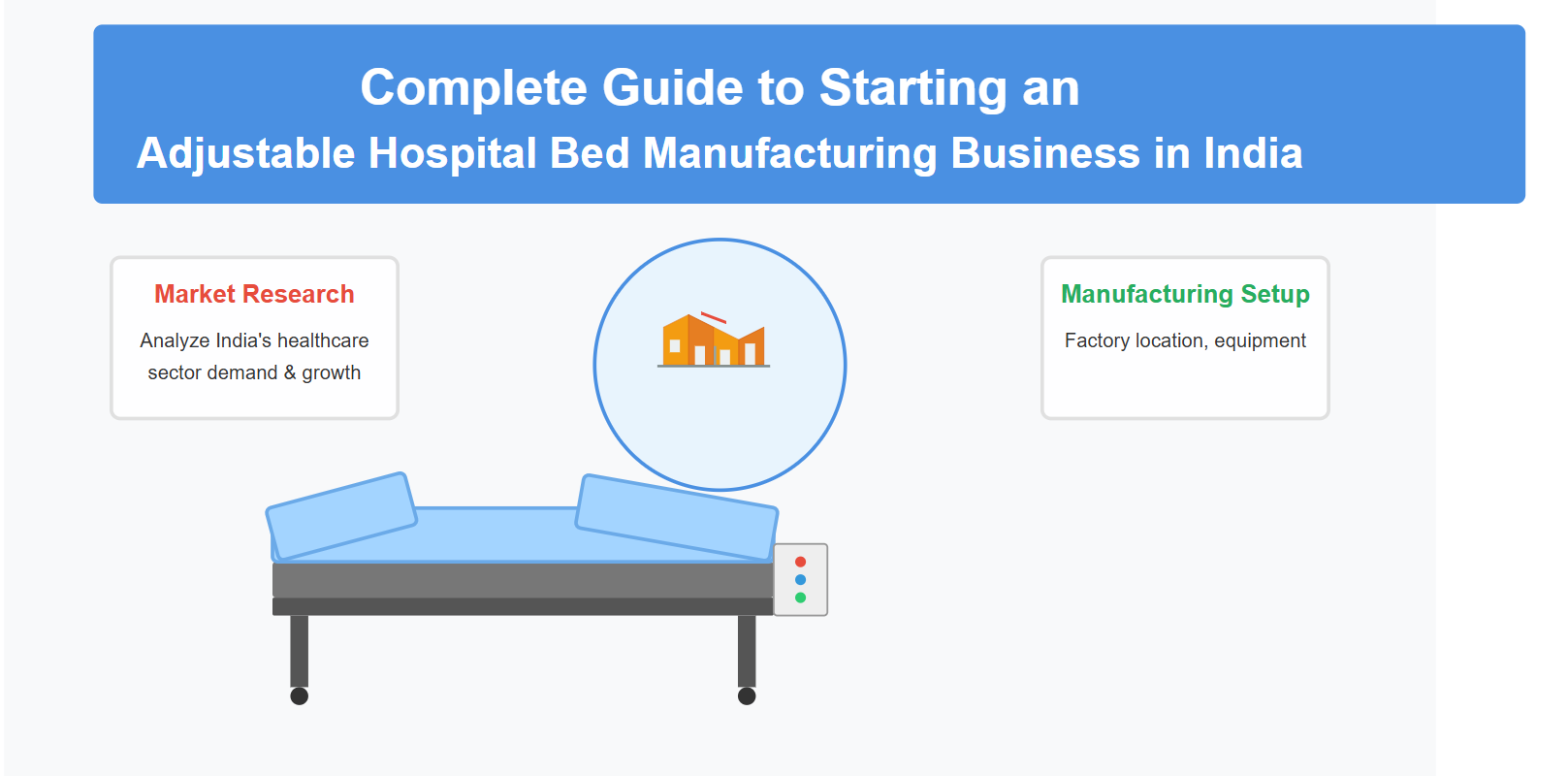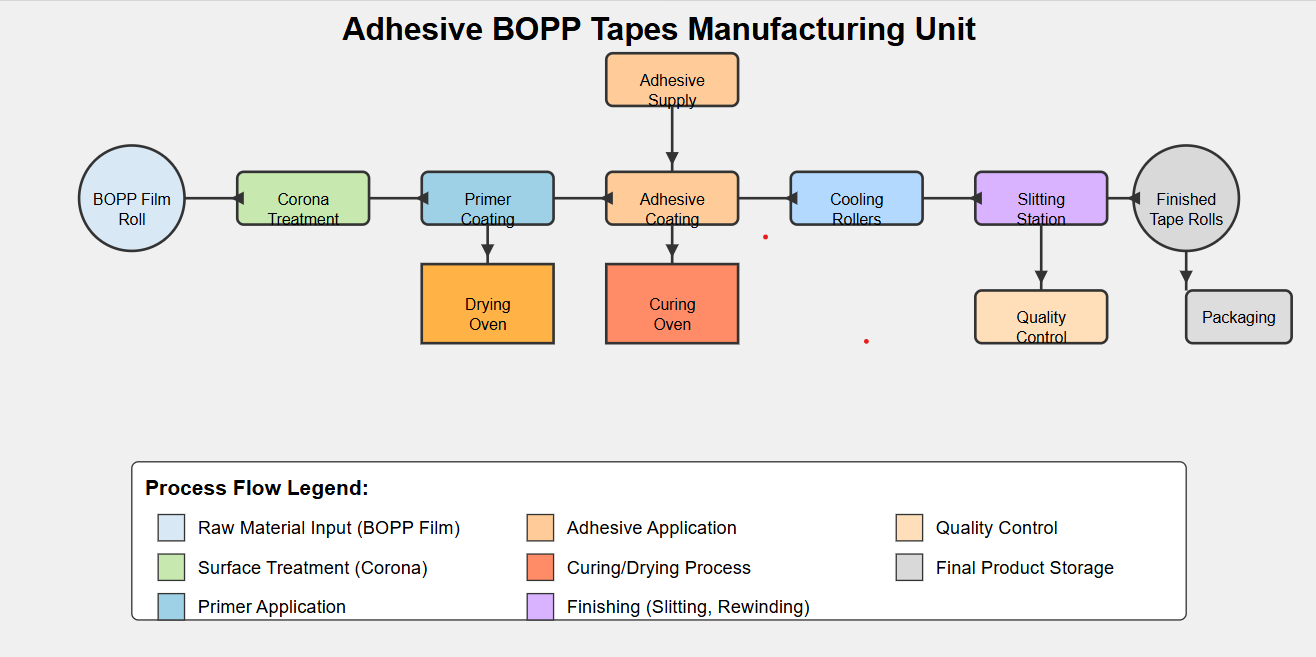Starting a 4T Oil Blending Plant: A Comprehensive Guide
The lubricant industry is an essential part of the automotive, industrial, and manufacturing sectors. Lubricants, particularly 4T oil, play a crucial role in maintaining the efficiency and longevity of four-stroke engines, which are widely used in motorcycles and other vehicles. Given the rising demand for automotive lubricants in India, setting up a 4T Oil Blending Plant presents a profitable business opportunity.
This detailed guide will provide an in-depth analysis of how to start and operate a 4T oil blending plant, covering market potential, infrastructure requirements, financial planning, licensing, and production processes.
Understanding 4T Oil and Its Applications
What is 4T Oil?
4T oil, or four-stroke engine oil, is a specialized lubricant designed to reduce friction, prevent wear and tear, clean engine components, and maintain engine temperature stability. It is formulated by blending lube base stocks with specific additives that enhance its performance.
Applications of 4T Oil
Lubricating oils are used in various industries, including:
✅ Automotive oils (for gasoline and diesel engines)
✅ Agricultural machinery oils
✅ Marine engine oils
✅ Aviation and turbine oils
✅ Hydraulic and transmission oils
✅ Gear oils and metalworking fluids
Market Potential for 4T Oil in India
India has emerged as a leading market for lubricants, with a steady rise in the demand for automotive and industrial oils. The Indian lubricant market is expected to grow at a CAGR of 4.64% (2019-2024), driven by:
✅ Increasing vehicle production
✅ Growing infrastructure and construction activities
✅ Expansion of industrial and agricultural machinery usage
✅ Higher demand for specialized lubricants due to emission control norms
Key Market Insights
🚗 Automotive sector dominates, consuming nearly 46% of lubricants
🏭 Industrial lubricants hold 54% of the market share
🔧 Stringent emission standards are driving demand for low-sulfur and high-efficiency lubricants
🇮🇳 India ranks 3rd globally in lubricant consumption, after the US and China
Competitive Landscape
Major players in the Indian lubricant industry include:
- Indian Oil Corporation (Servo)
- Bharat Petroleum (Mak)
- Hindustan Petroleum (HP Lubes)
- Castrol India
- Gulf Oil
- Valvoline
- Shell Lubricants
With increasing competition, independent lubricant manufacturers have a great opportunity to enter the market by producing high-quality, cost-effective 4T oil.
Setting Up a 4T Oil Blending Plant
1️⃣ Machinery & Equipment Requirements
To start a 4T Oil Blending Plant, you need the following equipment:
| Machine | Capacity | Quantity | Estimated Cost (INR) |
|---|---|---|---|
| Blending Kettle | 2500 Liters | 1 | 4,50,000 |
| High-Strength Plastic Tanks | 3000 Liters | 3 | 1,35,000 |
| Transfer Pumps | – | 1 | 45,000 |
| Pipeline, Valves & Filters | – | 1 Set | 50,000 |
| Filling Machine (500ml-5L) | – | 1 | 1,25,000 |
| Induction Sealing Machine | – | 1 | 20,000 |
| Capping Machine | – | 1 | 12,000 |
| Other Equipment | – | – | 50,000 |
💰 Total Machinery Cost: ₹7,50,000 – ₹8,00,000 (excluding GST & transport)
2️⃣ Space & Infrastructure Requirements
📌 Land & Building: 4500-5000 sq. ft.
📌 Construction Cost: ₹6-7 Lakhs
The blending plant should be located near industrial areas or transport hubs for easy raw material procurement and distribution.
3️⃣ Workforce & Labor Requirements
👷 Manpower Needed: 5-6 employees
✅ Skilled Workers: 1-2
✅ Semi-Skilled Workers: 3-4
Training is essential to ensure quality control and efficient production.
4️⃣ Licensing & Registrations
To establish a 4T oil blending plant, you need:
📜 GST Registration (for tax compliance)
📜 MSME Udyog Aadhaar Registration (for small-scale industry benefits)
📜 Pollution Control & Fire Safety Clearance
📜 Trademark Registration (for branding and protection)
Raw Material & Production Process
🛢 Raw Material Requirements
| Material | Percentage | Cost (INR/Litre) |
|---|---|---|
| Base Oil | 90% | ₹55 |
| Additives | 6% | ₹300 |
| Viscosity Index Improver | 5% | ₹100 |
| Total Cost Per Litre | – | ₹72.50 |
🔧 Production Process
1️⃣ Raw Material Storage – Base oils and additives are stored in high-strength tanks.
2️⃣ Blending – Mixing base oil with additives in the blending kettle.
3️⃣ Filtration – Removing impurities to ensure quality.
4️⃣ Filling & Packaging – Bottling into 900ml, 1L, and 5L containers.
5️⃣ Quality Testing – Ensuring compliance with API & SAE standards.
6️⃣ Warehousing & Distribution – Storing in FIFO-managed warehouses and distributing to retailers.
Financial Projections & Profitability
💰 Investment & Financial Assistance
💵 Total Project Cost: ₹68.91 Lakhs
🏦 Bank Loan Required: ₹15.13 Lakhs
🔄 Working Capital Requirement: ₹40 Lakhs
📊 Production Capacity & Sales Projection
| Year | Production (Bottles) | Selling Price (INR per bottle) | Total Sales Revenue (Lakhs) |
|---|---|---|---|
| 2020-21 | 2,93,333 | ₹106 | ₹308.58 |
| 2021-22 | 3,20,000 | ₹107 | ₹340.02 |
| 2022-23 | 3,46,667 | ₹108 | ₹372.00 |
| 2023-24 | 3,73,333 | ₹109 | ₹404.51 |
| 2024-25 | 4,00,000 | ₹110 | ₹437.56 |
🔹 Projected Net Profit (After Tax): ₹29.74 Lakh (1st Year) to ₹38.21 Lakh (6th Year).
🔹 Break-even Expected in: 3-4 Years.
Why Invest in a 4T Oil Blending Plant?
✅ High Demand: Rising vehicle ownership boosts lubricant consumption.
✅ Growth Opportunities: Expanding industrial & agricultural sectors.
✅ Government Support: “Make in India” policies promoting local manufacturing.
✅ Scalability: Start small and expand based on market demand.
Starting a 4T Oil Blending Plant is a profitable venture if planned and executed properly. With the right infrastructure, workforce, and marketing strategy, entrepreneurs can tap into the ever-growing lubricant market in India.




Post Comment
You must be logged in to post a comment.